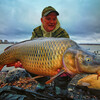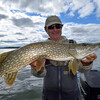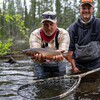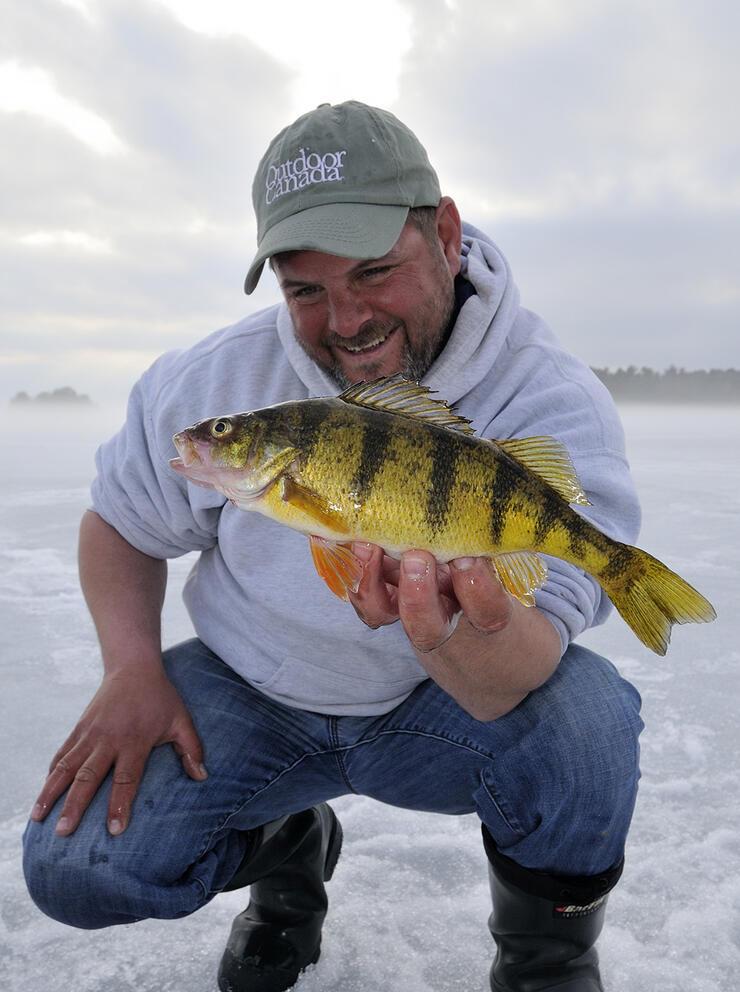
The Ultimate Winter Perch Trap
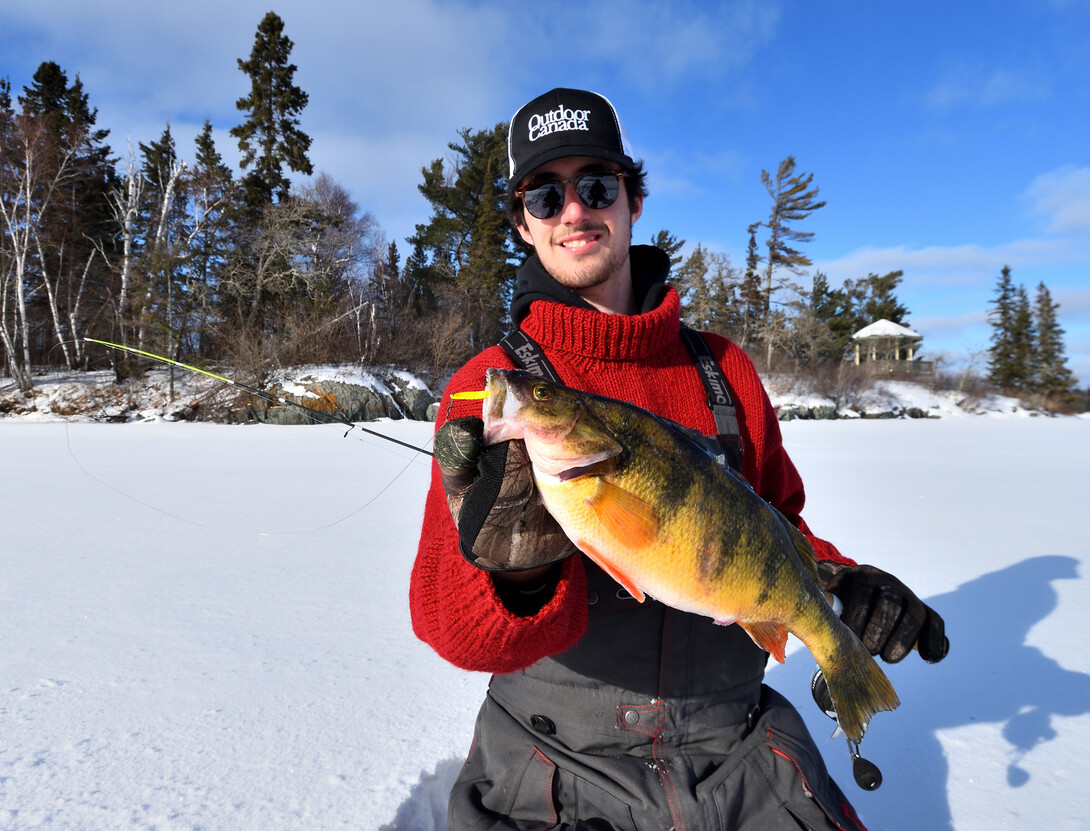
It is hard, when you’re ice fishing in Northern Ontario, not to fall in love with yellow perch. The panfish are ubiquitous, found from the Great Lakes in the south to the Hudson Bay Lowlands in the north. You can also catch them in the thousands of lakes from Temiskaming along the Ontario/Quebec border to Lake of the Woods in the west where the Shield gives way to the prairies.

tips for catching yellow perch
Yellow perch are also prolific and plentiful, with generous provincial bag limits, which is a godsend if you enjoy sitting down to a nutritious and delicious fresh fish dinner. Dover perch, for example, harvested commercially from Lake Erie are a global delicacy and are served in some of the fanciest restaurants on the continent.
But there is one other reason I always encourage folks to ice fish for the colourful yellow, black and orange-finned fish. Just between you and me, they’re not the brightest bulbs on the fishing Christmas tree. As a matter of fact, they’re easy to catch. Especially, if you use a simple lure called a Russian hook that is revered by most avid yellow perch diehards.

My favourites are the Diamond Willows custom ones handcrafted by Lake Huron lure maker, Rich Ignatowski, who is a yellow perch ice fishing phenom. After I enjoyed my best day ever on the ice recently, catching 24 jumbo perch on 24 consecutive drops down the hole, I caught up with Ignatowski to compare notes and pry loose a few of his winter secrets.
“The rod that you use is very important,” he told me, noting that the first one he picks up when he is ice fishing in water shallower than 15 feet, is a stiff piece of aluminum that he cuts from the shaft of an arrow. He heats up the tip and bends it, then wraps on guides and a handle of sorts to wind the 10-pound test Fireline that he uses. “When I am fishing deeper water,” Ignatowski says, “I will also use a 24-inch light or medium ice rod with a Quantum micro reel spooled with moss green coloured six- to eight-pound test Berkley XL line.”
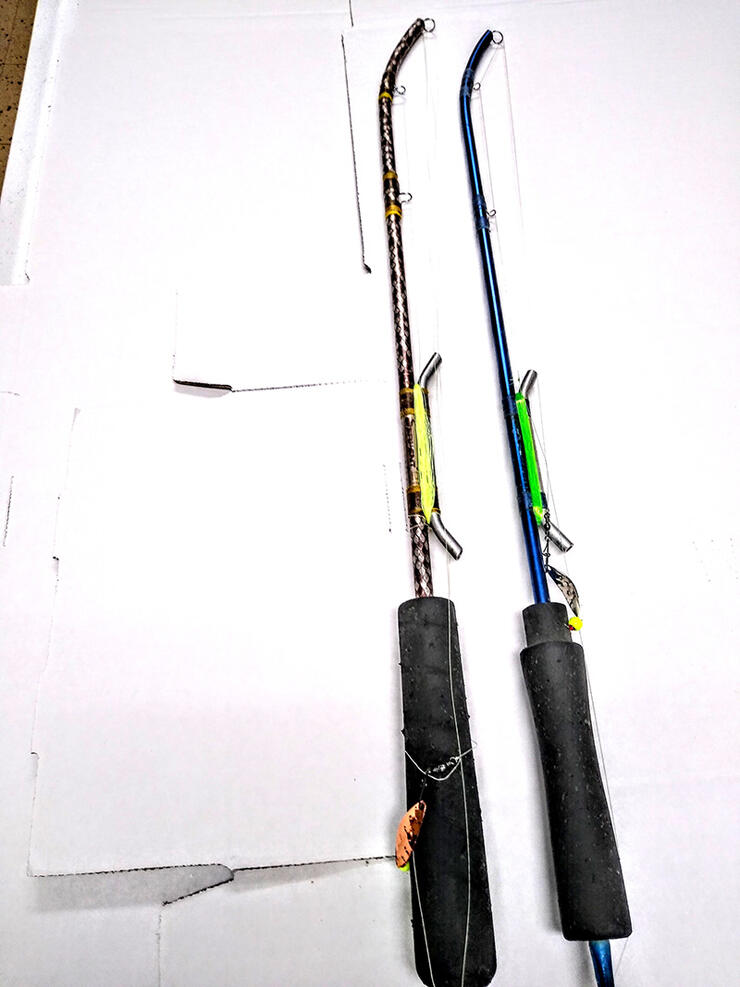
But it is watching how the perch guru presents his custom lures that are so captivating. “I tie a small black Duo-lock snap to the end of my line and attach the spoon. Never tie directly to a Russian hook, as most of the holes are drilled or stamped out, with metal burrs that will damage your line. Then, I drop the lure to within six inches of the bottom, keeping my rod tip as close to the water as possible. I use only wrist action to snap up the rod tip 12- to 18-inches. Then I let the spoon flutter down on slack line. The whole time it is fluttering, I watch the line as it comes back toward the centre of the hole. I am looking for any sudden stop or hesitation that signals a perch has engulfed the spoon. Then I set the hook and bring up the fish on tight line.”
I use the same technique as Ignatowski and have become such a paranoid line watcher that I now spool all my Russian hook rods with either fluorescent red Sufix Ice Fuse line or bright yellow Maxima monofilament tipped with a clear two-foot-long leader. The beaming bright line makes detecting strikes so much easier.

“Another favourite technique,” says Ignatowski, “is rapidly snapping the lure three times, but moving it only 1 to 3 inches. Then I pause for 15 seconds before snapping it up two feet and pausing again. Every once in a while, I will also pound the bottom several times, letting the spoon lay in the mud. Then I lift it up ever so slowly and pause again.
“Finally, you can trigger the fish to bite some days by wiggling your rod tip from side to side, so the bead moves back and forth. The motion calls in the perch and they eat it as soon as you pause.”
I employed Ignatowski’s side-to-side wobble to trick many of the perch I caught last week and was stunned at how far into their mouths they inhaled the lure. I needed forceps to remove the hook. It was a testament to how crazily yellow perch will attack these things. And before you think that you can make the subtle lures even better by adding bait, don’t do it. The unhinged fluttering spoon is what attracts the fish and the eye-like bead opens their mouths.
“It is all about knowing how to jig the lures properly,” chuckles Ignatowski. “Once you do, you will never use bait or get your hands wet again.”
Recommended Articles

Eating Northern Pike

10 Facts About Lake of the Woods
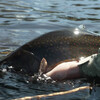
The Legendary Brook Trout of the Albany

Casting for Coasters
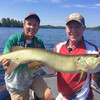
Jack's Lake Lodge
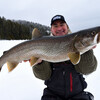
Rigged for Ice Fishing Success
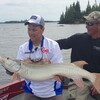
3 Secret Tips for Landing Ontario Muskies

Beaded Lures
Don’t Be Afraid Of Muskies

Cast Away the Ordinary

Cook A Tasty Shore Lunch
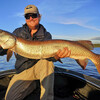
The Eagle has Landed
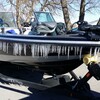
10 Steps for Winterizing Your Boat

3 Great Ontario Walleye Destinations

Ten Mile Lake Lodge
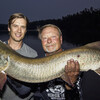
World Class Muskie at Young's Wilderness Camp
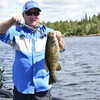
Bob Izumi searches for bass and pike

Topwater Bass
Speed is Key When Fishing for Muskie in Northern Ontario






